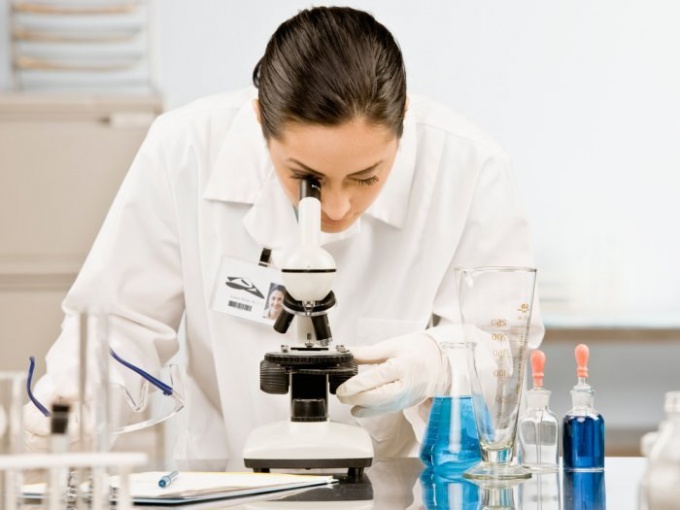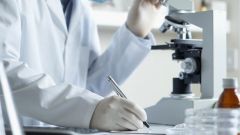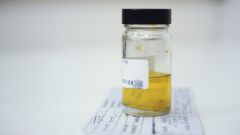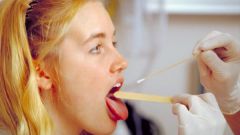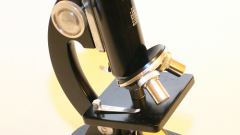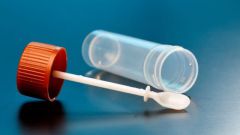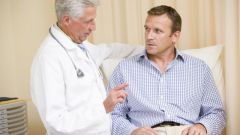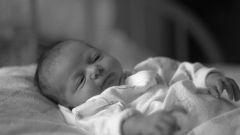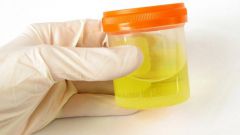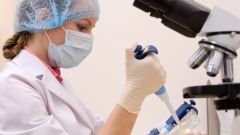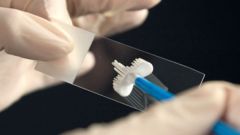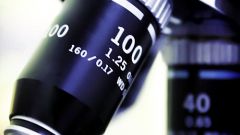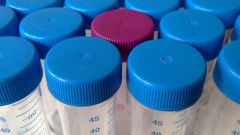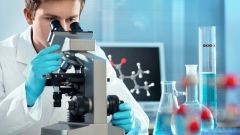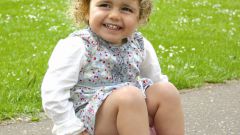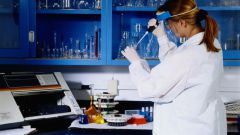Why the cultures
This research method is done by sowing the biological material of a person to certain nutrient media, which create in the laboratory. After a certain amount of time the biomaterial becomes microorganisms, later they are tested for sensitivity to antimicrobial agents and antibiotics. According to the results of antibiogram analysis is made that shows what the fastest drug kills the pathogen. This information is used to administer the treatment. Tank seeding on microflora is widely used to identify causes of various infections and inflammations. It helps to identify the causative agent and to choose the most effective drug.
The concentration of microorganisms in the biomaterial measured in CFU/ml (colony forming units).
This research method has several disadvantages:
- the duration of the execution
- the need for sterility during the sampling of biological material,
- due to the lack of skill of the technician, or the transportation of material to the results of bacterial seeding may be inaccurate.
Especially for certain types of bacterial analysis
Bacterial analysis of urine is performed to identify the pathogens of genitourinary infections. A biomaterial for the study is a fresh urine placed in a sterile container. The result of more than 105 CFU/ml suggests that the organism is the pathogen that caused the inflammatory process. The presence of microorganisms in an amount less than 103 CFU/ml indicates a healthy microflora. The cultures of the cervical canal is subject to vulvovaginitis, inflammatory processes in organs of small pelvis in women in the smear were found gram-negative diplococci, and in pregnant women. Biomaterial is taken from the cervix, urethra and vagina.
The study helps to identify mycoplasmosis, gonorrhea, trichomoniasis, tuberculosis, and other diseases caused by pathogenic microflora.
Bacterial cultures of the nose and tonsils is performed in cases of suspected bacterial origin pharyngitis, rhinitis and sinusitis. It helps to identify staphylococcal, pneumococcal and streptococcal infection. Sampling of biological material is carried out on an empty stomach or two hours after food with the help of sterile swabs. The cultures from the ear allows us to detect the causative agent of inflammatory processes of the outer, inner or middle ear. It is performed before the start of antimicrobial therapy.
